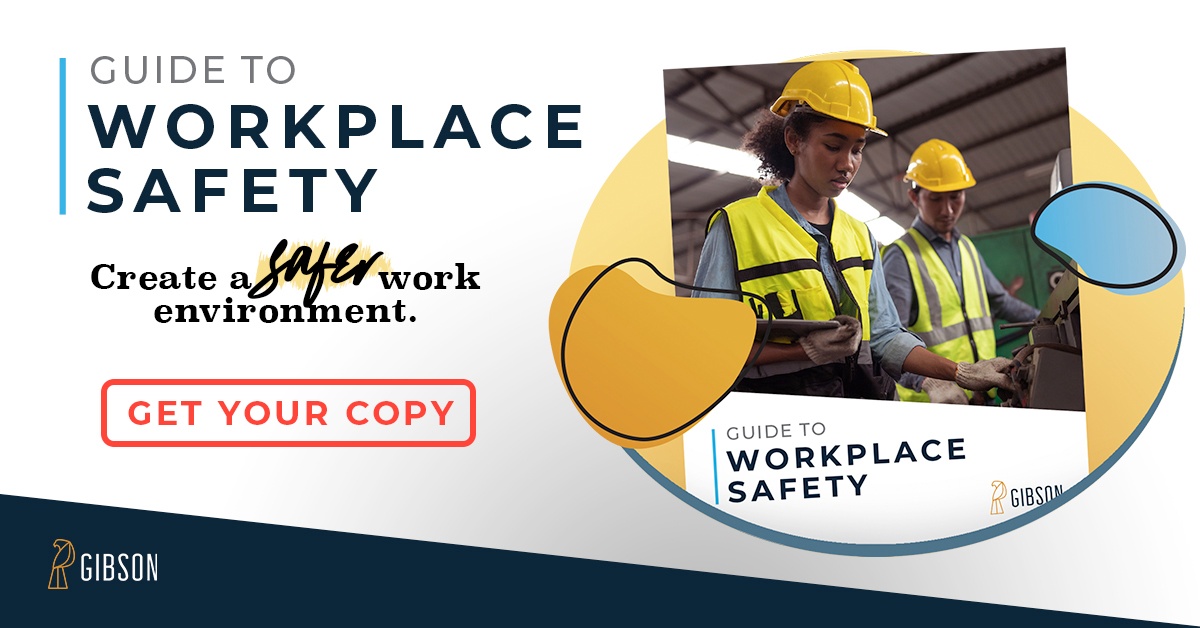 Workplace health and occupational safety programs, when combined, offer more benefits to employee health and quarterly profits than either can when implemented separately, according to recent research by the Harvard School of Public Health.
Workplace health and occupational safety programs, when combined, offer more benefits to employee health and quarterly profits than either can when implemented separately, according to recent research by the Harvard School of Public Health.
These two initiatives - workplace health and occupational safety - affect the resilience and safety of employees and the workplace environment by streamlining occupational safety, reducing down time and enhancing employee productivity.
One way to promote the integration is to establish a management oversight committee that can ensure workplace health initiatives are working in tandem with your company's safety and health departments. The Cleveland Clinic offers helpful guidance on how such committees should be structured and managed. Access that information by clicking here.
Guidelines for Workplace Health Initiatives
The preliminary stages of an integrated health and wellness program should ideally combine the following four elements:
- An evaluation of workplace safety and employee health risk
- An action plan for incorporating wellness research into day-to-day actions
- A way to assess outcomes vis-a-vis wellness and safety initiatives
- A way to appraise the ongoing value of wellness and safety programs
In addition, the Occupational Safety and Health Administration (OSHA) recommends that all workplace health initiatives clearly define, in advance, their objectives, target audience, and type of campaign. For example, an objective for a wellness program might be increasing productivity, health outcomes, and employee loyalty by a certain percentage and lowering truancy.
Steps Taken Towards Effective Implementation
Establishing internal contact between your company's safety and health departments and your wellness program can help sustain gains in workplace health and occupational safety. Creating a culture of health and safety within the workplace requires leadership at all levels practice what is being promoted.
Drawing support from a wide pool of professionals - including union representatives, HR managers, and occupational safety staff - can help legitimize the program in employees' eyes. That said, workplace safety and wellness programs should seek to meet employees where they are currently at; perhaps offering incentives for employees who walk at lunchtime, when you know these employees typically walk together anyway during their breaks, can build on and reinforce an already good habit.
This principle alludes to another key to effectively implementing health initiatives - finding out the preferences, needs, and attitudes of your employees. Interviews or informal surveys are an excellent way to gauge employees' buy-in and chances of success. After determining employee needs, develop an action plan that establishes realistic timelines and targets as well as ongoing ways to maintain interest in the wellness program.
OSHA recommends that companies make changes in the work environment to facilitate wellness programs and raise awareness of the benefits of good nutrition and exercise. These may include:
- Biometric screenings
- Health risk assessments
- Focus on workplace safety
- Seminars on healthy lifestyles
To encourage employees to sustain positive changes in their behavior, companies can also offer skill building exercises and use communication tools such as e-mails, messages on bulletin boards, or even demonstration days.
There is no denying that safety and wellness programs demonstrate positive results for the companies that implement them. Research in the field of health and productivity management (HPM) shows that occupational safety and wellness initiatives can reduce group health, turnover, disability, and workers’ compensation expenses. In addition, the Commission on Health and Safety of Workers’ Compensation found an increase in employee participation when wellness programs and initiatives addressing workplace safety were combined.
In other words, health initiatives focused on the environment and the individual have the highest odds of buy-in and success.




